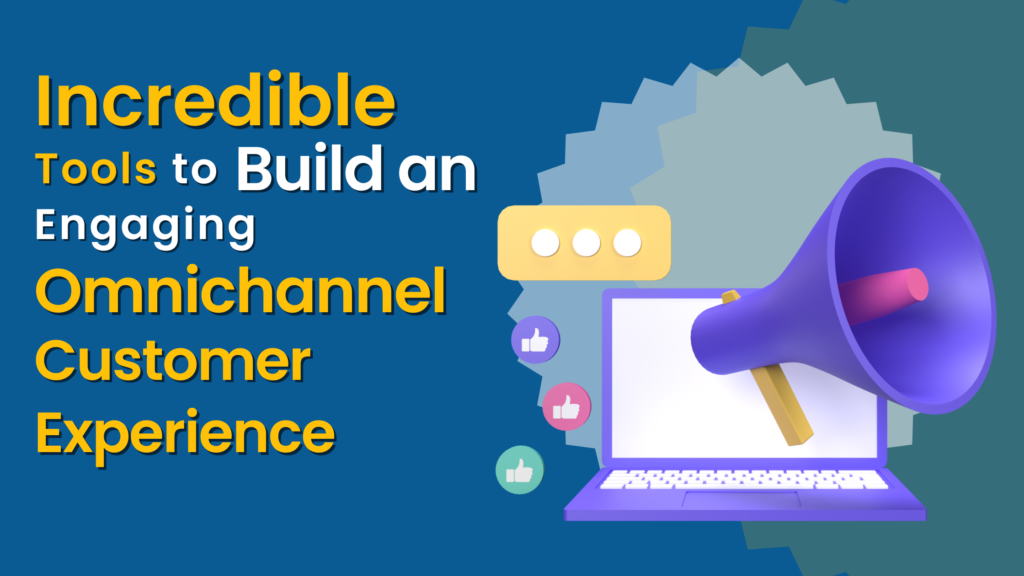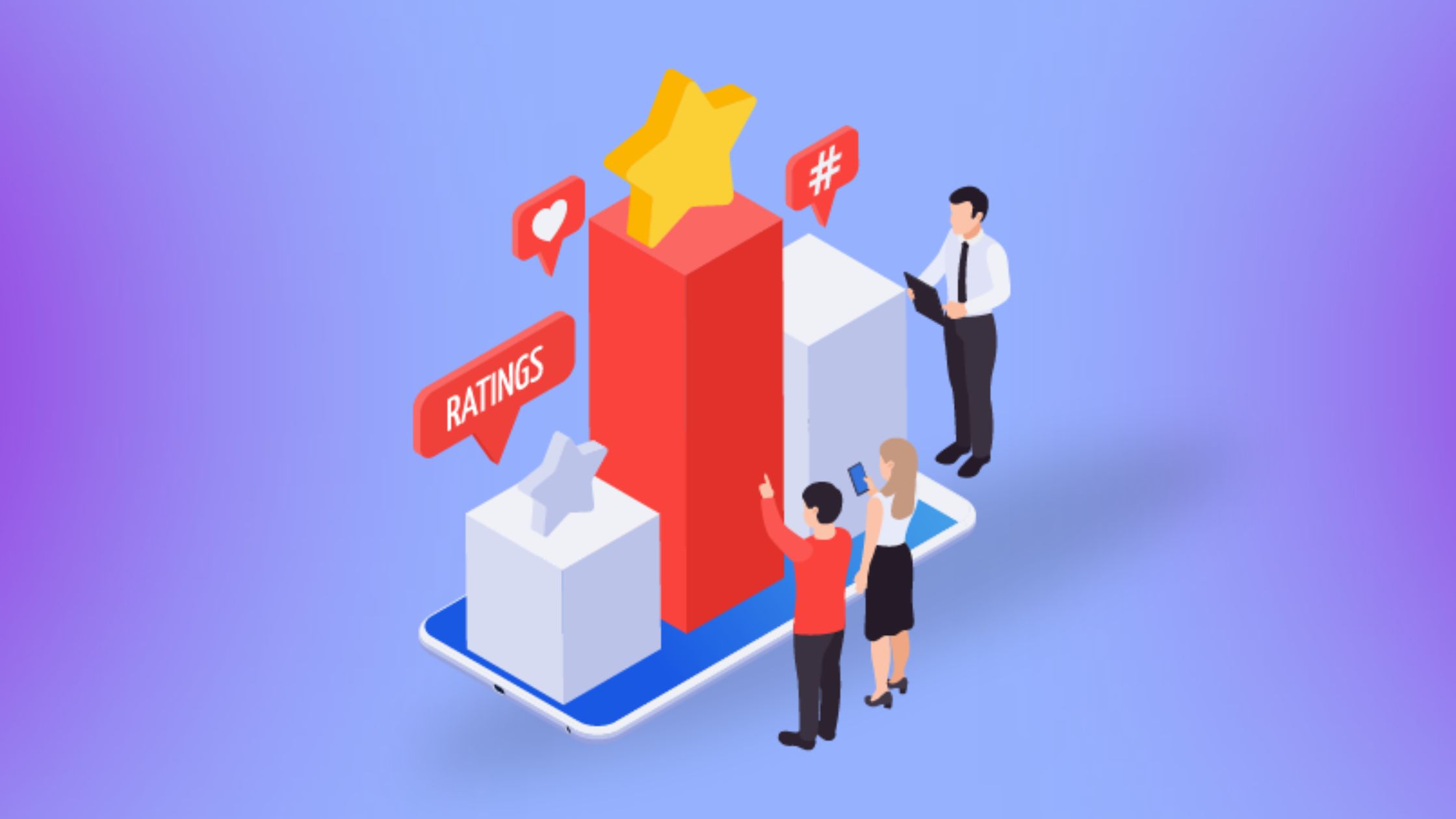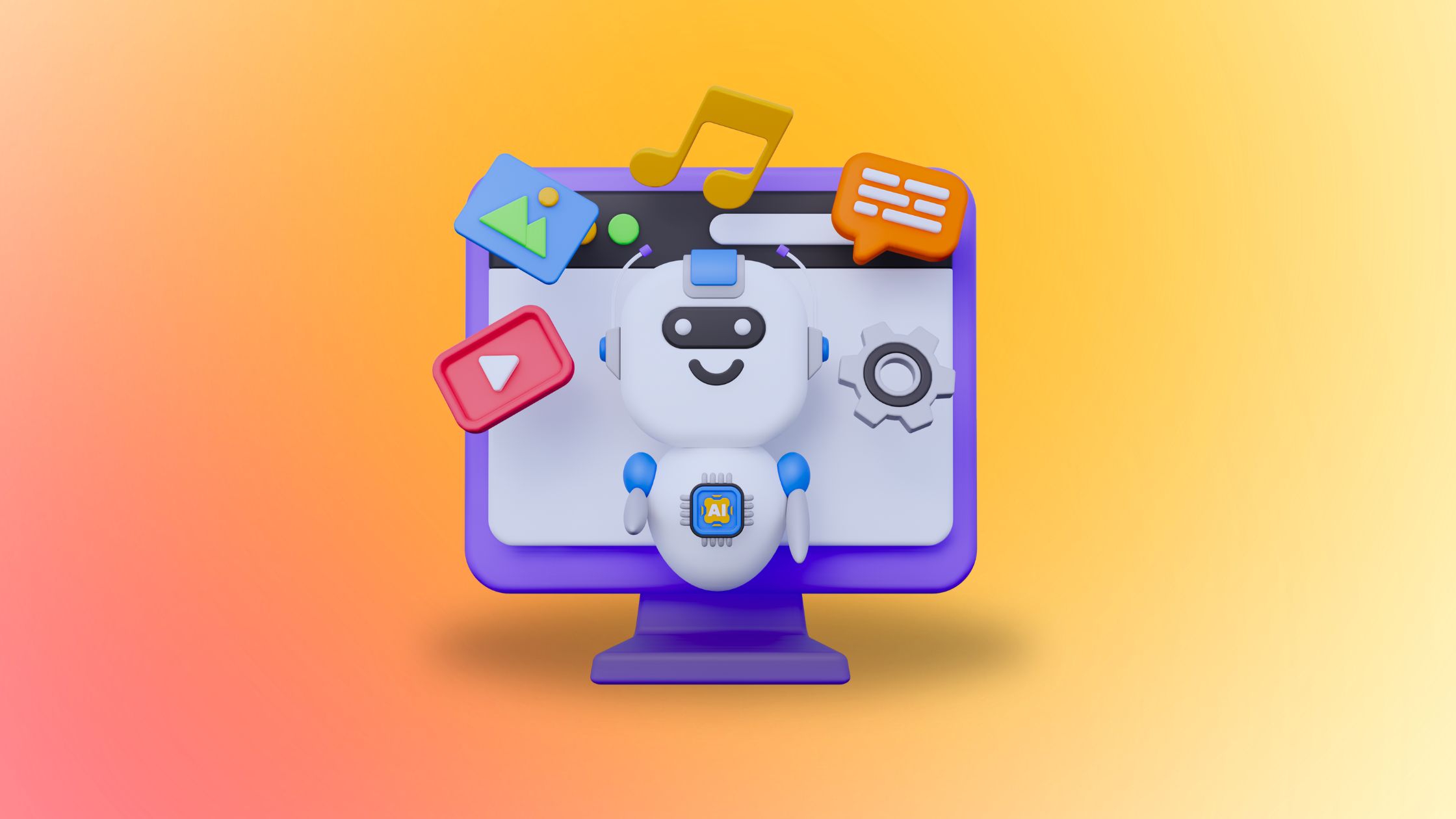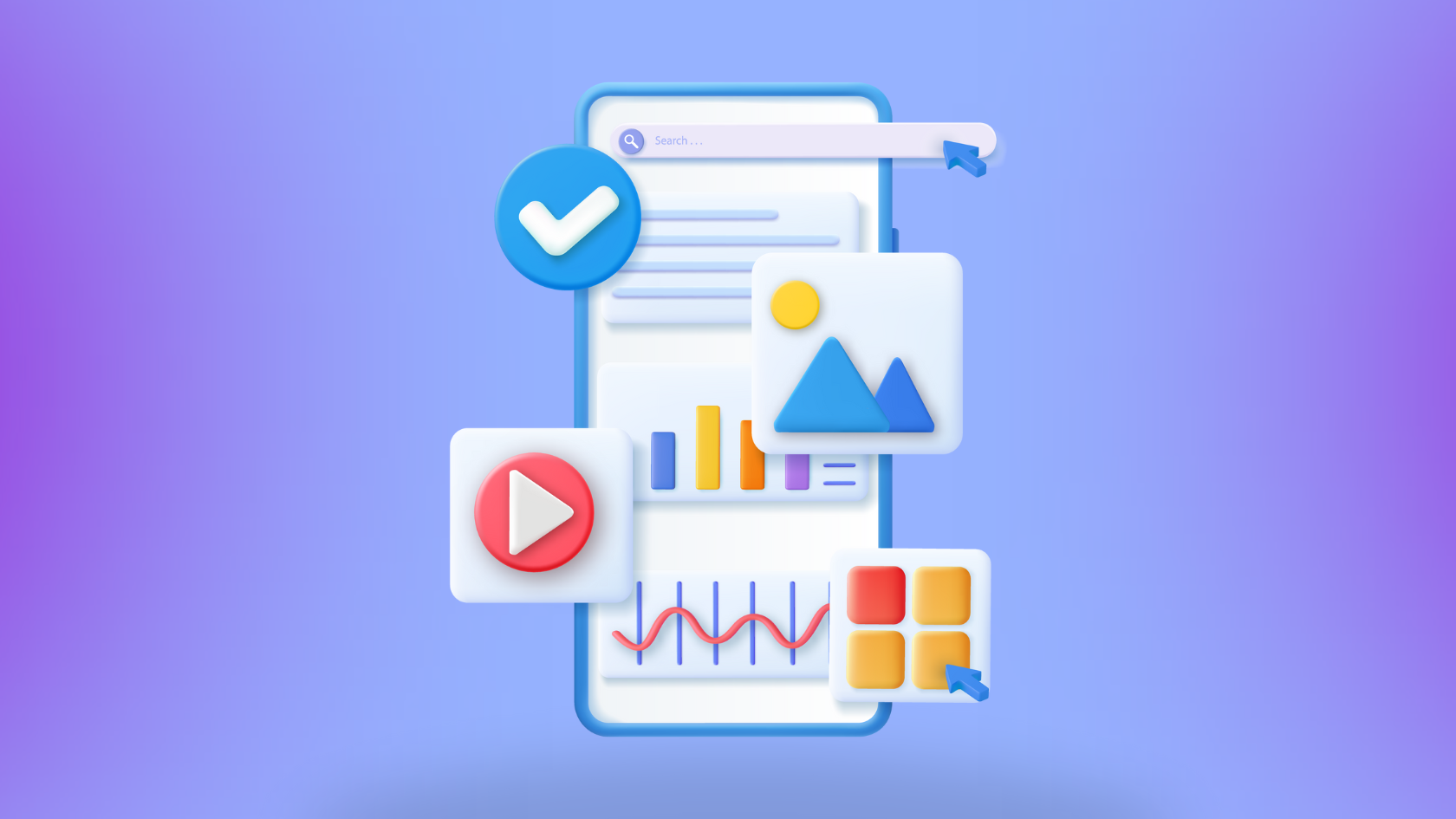In today’s world, providing a memorable and engaging customer experience is more critical than ever for businesses.
In the age of digital marketing, where customers are inundated with many channels and platforms to interact with brands, integrating these channels has become essential to creating a seamless and satisfying omnichannel customer experience.
However, with an overwhelming number of tools and platforms available, it can be challenging for marketers to navigate and find the right ones to implement.
That’s why we’re here to help! This article has compiled a list of the best Omnichannel customer experience tools to help you create a personalized and unforgettable customer experience.
So, buckle up and prepare to take your customer experience to new heights with these powerful Omnichannel tools!
What are Customer Experience (CX) Tools?
Omnichannel communication tools are essential software solutions that assist businesses in tracking, managing, and analyzing customer interactions and feedback from various channels.
In today’s highly competitive marketplace, customer experience is the key to building a loyal customer base and driving revenue growth.
Therefore, Omnichannel marketing tools are critical in helping businesses create a seamless, engaging, and consistent customer experience. With Customer experience tools, businesses can collect data from various touchpoints, including social media, email, phone, and chat.
The collected data can then be used to gain valuable insights into customer behavior, preferences, and needs. These insights can help businesses make data-driven decisions and that’s how omnichannel improves overall customer experience and loyalty.
CX tools also enable businesses to provide personalized experiences by leveraging customer data. By analyzing customer behavior, businesses can tailor their marketing and communication strategies to meet their customers’ needs and expectations.
This personalization level helps improve customer satisfaction and loyalty, as customers feel that the brand understands their needs and preferences.
How to Pick the Right Customer Experience Tools for Business
In today’s competitive business environment, providing an exceptional customer experience is no longer a luxury but a necessity. Customer experience analytics tools can help businesses collect, analyze, and act on customer feedback, improving customer satisfaction and loyalty.
However, with so many Customer experience tools available on the market, choosing the right one for your business can be overwhelming. Here are some important factors to consider when picking the right Omnichannel marketing tools for your business:
Compatibility: Before investing in a CX tool, ensure it’s compatible with your existing software systems. Your CX tool should integrate smoothly with your CRM, marketing automation, and other relevant systems.
This will ensure that you can easily access and analyze customer data from different sources in one place, leading to a more comprehensive understanding of your customers.
Customization: Every business is unique, and so are its CX needs. Therefore, selecting a CX tool that can be customized to meet your specific needs is essential. The tool should allow you to create custom surveys, forms, and feedback requests aligned with your brand’s voice and objectives.
This will enable you to collect the right data that aligns with your business goals and helps you make informed decisions.
Scalability: As your business grows, so do your CX needs. Therefore, choosing a CX tool that can scale with your business is essential. The tool should be flexible to handle increasing customer volumes and expand customer touchpoints like social media, email, and chatbots.
Additionally, the CX tool should accommodate future technological advancements and provide room for integrations with other relevant tools.
Analytics: Good Omnichannel tools should provide in-depth analytics and insights that help you measure your customer experience’s effectiveness. The tool should allow you to analyze customer feedback data, identify trends, and track key performance indicators (KPIs) such as:
- Net Promoter Score (NPS)
- Customer Satisfaction (CSAT)
- Customer Effort Score (CES)
These analytics should be easy to understand and provide actionable insights that help you make data-driven decisions.
Ease of use: The CX tool you choose should be user-friendly and easy to navigate. Your team should be able to learn how to use the tool quickly without extensive training or technical expertise. The user interface should be intuitive, and the tool should have simple workflows that allow you to collect and analyze data efficiently.
Support: Finally, when choosing a CX tool, consider the support you’ll receive from the vendor. Ensure the vendor provides excellent customer support, including training, documentation, and a responsive customer service team.
The vendor should also offer regular updates and new features to improve the tool’s functionality and usability.
You May Like: Top 10 Best Omnichannel Customer Experience Examples
How to Measure the Effectiveness of Your Omnichannel CX Strategy
Measuring the effectiveness of your omnichannel CX strategy is crucial for understanding how well your efforts are resonating with customers and how you can improve.
But with so many touchpoints and channels involved, it can be challenging to determine which metrics to track and how to analyze the data effectively.
Let’s explore the most important metrics to measure the effectiveness of your omnichannel CX strategy and how to use them to drive growth and enhance customer satisfaction.
Do you know how you can measure the omnichannel customer experience?
Customer Satisfaction (CSAT)
Customer satisfaction is a critical metric for measuring the effectiveness of your omnichannel CX strategy. CSAT measures how satisfied customers are with their overall experience with your brand.
To measure CSAT, you can ask customers to rate their experience on a scale of 1–5 or use a binary system (yes/no). Tracking CSAT over time can help you identify trends and make data-driven decisions to improve the customer experience.
Net Promoter Score (NPS)
Net Promoter Score is a metric that measures how likely customers are to recommend your brand to others. To calculate NPS, you can ask customers to rate their likelihood of recommending your brand on a scale of 1–10.
Customers who rate 9–10 are considered “promoters,” while those who rate 7–8 are “passives,” and those who rate 0–6 are “detractors.” Subtract the percentage of detractors from the percentage of promoters to get your NPS score. A high NPS indicates that customers are highly satisfied and loyal to your brand.
Repeat Purchase Rate (RPR)
Repeat Purchase Rate measures how often customers return to purchase your brand. To calculate RPR, divide the number of customers who made more than one purchase by the total number of customers. A high RPR indicates that customers are satisfied with their initial purchase and will likely return for future purchases.
Channel-specific metrics
In addition to these overarching metrics, it’s essential to track channel-specific metrics to measure the effectiveness of each channel. For example, you can track email open rates, click-through rates, and conversion rates to measure the effectiveness of your email marketing campaigns.
You can also track social media engagement, such as likes, shares, and comments, to measure the effectiveness of your social media strategy. Tracking these metrics lets you identify which channels drive the most engagement and adjust your strategy accordingly.
Also Read: 7 Steps to Improve Omnichannel Customer Experience
Popular Tools To Build an Engaging Omnichannel Customer Experience In 2023
In today’s rapidly evolving digital landscape, businesses must focus on providing seamless customer experiences across various channels. By leveraging omnichannel strategies, companies can enhance customer interactions, boost satisfaction, and foster brand loyalty.
Here are popular CX Analytics Tools to help you build an engaging omnichannel customer experience in 2023.
HubSpot
HubSpot is an all-in-one marketing, sales, and customer service platform that provides businesses with a unified view of their customers. With HubSpot, businesses can create personalized customer experiences across different touchpoints, including email, social media, and live chat.
HubSpot’s customer service tools allow businesses to manage their support tickets and chat conversations in one place. HubSpot is an excellent tool for businesses that want to align their sales and marketing efforts and provide a seamless customer experience.
Freshdesk
Freshdesk is a cloud-based customer service software that enables businesses to manage their support tickets and chat conversations. Freshdesk provides businesses with a unified view of customer interactions across different channels, including email, social media, and phone support.
Freshdesk’s automation features enable businesses to route tickets to the right agent and respond to customers in real time. Freshdesk is ideal for businesses that want to streamline customer service processes and deliver a more personalized experience.
Konnect Insights
Konnect Insights is an omnichannel customer experience management platform that helps brands leverage the 4 Pillars of Omni-channel CXM by enabling them to listen to the conversations from all channels, learn from these conversations, and engage with their customers in meaningful ways and make them happier.
It is an all-in-one suite offering social listening + online reputation management (ORM) + social CRM + social analytics + social publishing + BI tools and dashboards + surveys + crisis management. It is a comprehensive platform that unifies marketing, analytics, and customer experience and is trusted by leading brands from various industries.
LeadSquared
LeadSquared provides simplified solutions for field management and sales tracking. With a user-friendly app for agents to manage tasks and meetings offline, and tools for sales managers to track team activities and tasks, it streamlines operations.
Paired with LeadSquared Service Cloud's advanced help desk, the platform streamlines ticket processes, prioritizes customer interactions, and automates tasks for teams of all sizes. LeadSquared also proves to be invaluable for businesses seeking to synchronize sales and marketing efforts, ensuring a cohesive and smooth customer experience.
Accurate Append
Accurate Append is an essential tool for businesses aiming to enrich and enhance customer contact data, a critical component in executing a successful omnichannel customer experience strategy.
This company empowers businesses to update and append missing data across customer profiles by providing real-time access to a vast database of consumer contact information. Accurate Append is a noteworthy addition to the bustling marketplace of omnichannel tools.
Conclusion
Choosing the right Omnichannel tools that align with your business goals and objectives is essential, whether you are a small or large enterprise. With the right Omnichannel customer experience tools, businesses can streamline their processes, enhance customer engagement, and increase customer loyalty.
By leveraging automation and AI-powered insights, businesses can provide a seamless customer journey that exceeds expectations and builds brand loyalty.
In conclusion, the seven popular tools discussed in this article are just a few examples of the many powerful Omnichannel marketing tools available to businesses in 2023.
By investing in these tools, businesses can create a competitive advantage and drive growth through a superior customer experience.



























